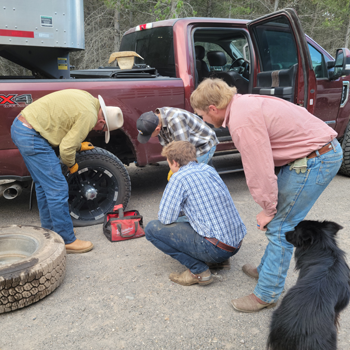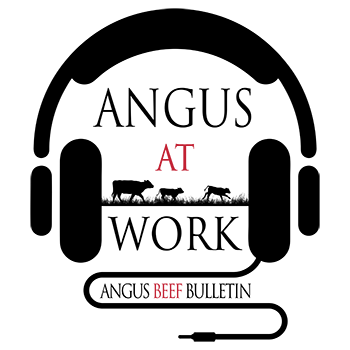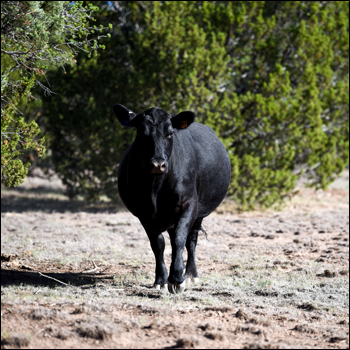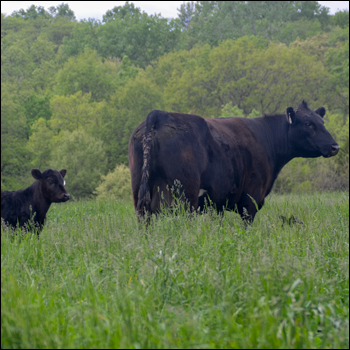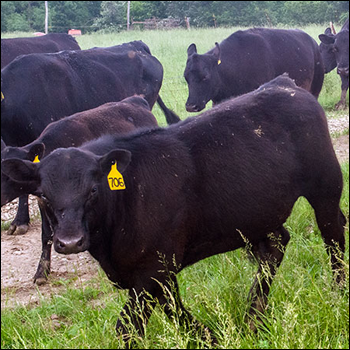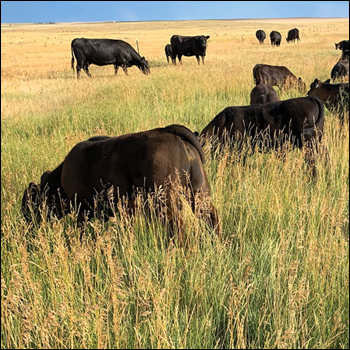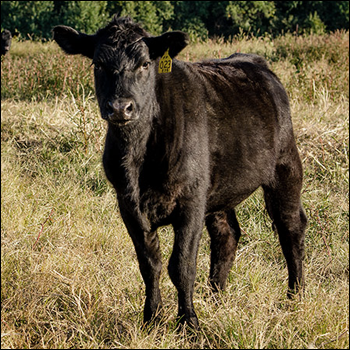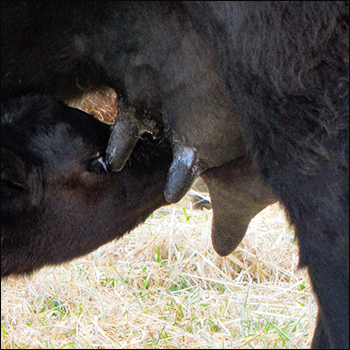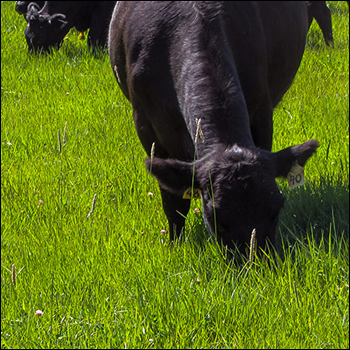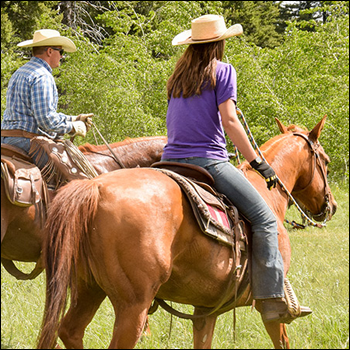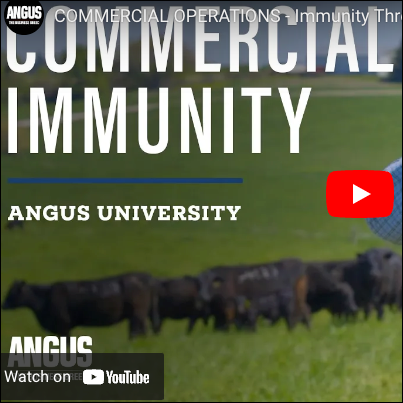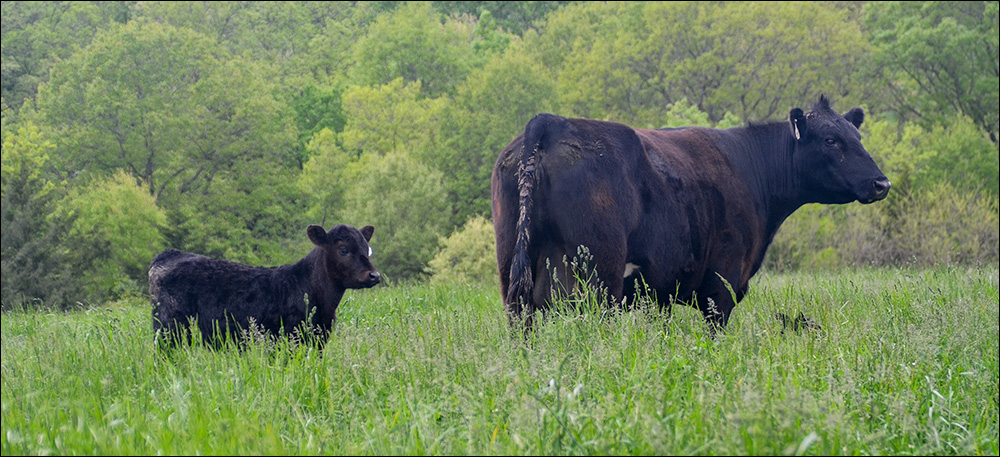
Effective Strategies to Control Internal Parasites
Study shows pour-on dewormers had a 48% to 75% failure rate.
Internal parasites impair production by increasing maintenance energy costs and diet digestibility, reducing feed intake, and increasing activity of the immune system. They affect profitability of beef cattle operations much more than most of us really think. Research shows weaning weights can be increased by more than 30 pounds (lb.) and pregnancy rates by more than 10% by deworming cows in the spring and again in midsummer.
There are three classes of dewormers in use today: imidazothiazoles (products such as levamisole), benzimidazoles (oral feed grade, white paste or liquid products), and macrocyclic lactones (avermectin products).
Dewormer success and failure is measured by a fecal egg count reduction test (FECRT). For a treatment to be considered effective, this test must show greater than 90% reduction in posttreatment fecal egg count. Evaluations of FECRT have shown reduced effectiveness of many of our dewormer products, especially for pour-on products in operations that do not rotate among the different classes of dewormers. Research from 72 beef cow-calf operations across the United States evaluated multiple deworming strategies. Operations relying on pour-on macrocyclic lactones had a 48%-75% failure rate. Injectable products fared better, with only a 15% failure rate; while oral benzimidazoles had 0% failure rate.
For cow-calf operations, the current recommendation is to:
- 1. Deworm after the first hard frost.
- 2. Check cows via fecal egg counts at spring green-up and treat accordingly.
- 3. Reevaluate and treat cows and calves in midsummer.
Deworming is important for livestock productivity and profitability. There are no new dewormers coming out any time soon, so we need to manage the ones available the best possible way to keep them effective. If you are unable to conduct FECRT, the best bet is to rotate to different classes of dewormers in each season. For instance, at weaning and preg-check, you could use an oral benzimidazole product because the cow will be caught in the headcatch, and follow up with a pour-on macrocyclic lactone product at spring green-up.
Be aware of the classes of dewormers you are using. Just because they are different brands does not mean they have different activities. Consult with your local veterinarian to design a deworming program that fits your operation.
Editor’s note: Paul Beck is a beef nutrition specialist for Oklahoma State University Extension. This article is reprinted with permission from Cow-Calf Corner newsletter. Photo by Kasey Brown.

Angus Proud
In this Angus Proud series, Editorial Intern Jessica Wesson provides insights into how producers across the country use Angus genetics in their respective environments.
 Angus Proud: Scott Sproul
Angus Proud: Scott Sproul
Oklahoma operation learned wisdom of moving calving season to better suit their marketing needs.
 Angus Proud: Bubba Crosby
Angus Proud: Bubba Crosby
Fall-calving Georgia herd uses quality and co-ops to market calves.
 Angus Proud: Jim Moore
Angus Proud: Jim Moore
Arkansas operation retains ownership through feeding and values carcass data.
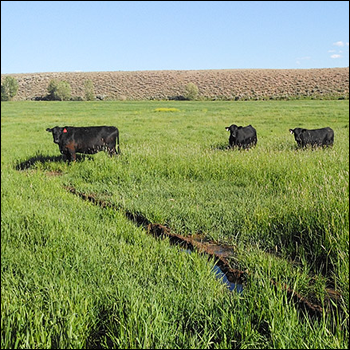 Angus Proud: Stephen Shiner
Angus Proud: Stephen Shiner
Idaho operation rotates pastures in summer and raises crops for winter.
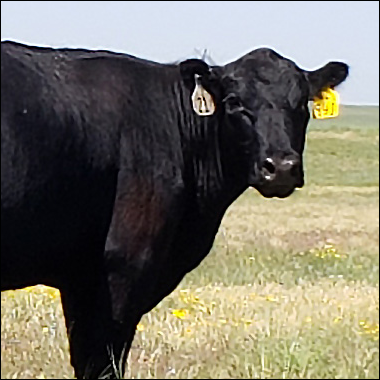 Angus Proud: Brian Nusbaum
Angus Proud: Brian Nusbaum
Angus cattle fit cattleman’s marketing goals and helped him set out on his own.
 Angus Proud: Les Shaw
Angus Proud: Les Shaw
South Dakota operation manages winter with preparation and bull selection.
 Angus Proud: Jeremy Stevens
Angus Proud: Jeremy Stevens
Nebraska operation is self-sufficient for feedstuffs despite sandy soil.
 Angus Proud: Dave Rutan
Angus Proud: Dave Rutan
Angus breeder gets the most out of his bull investment by partnering with opposite calving-season operation.
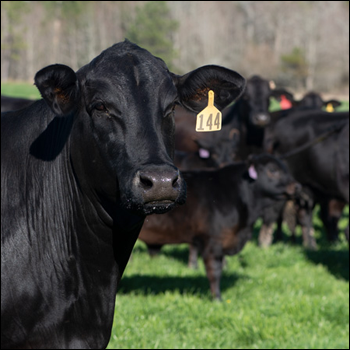 Angus Proud: Nickey Smith
Angus Proud: Nickey Smith
AngusLink helps Louisiana cattleman gain more for his calves.
 Angus Proud: Mike Moss
Angus Proud: Mike Moss
Operation’s nontraditional start lends to creativity and conservation efforts.
